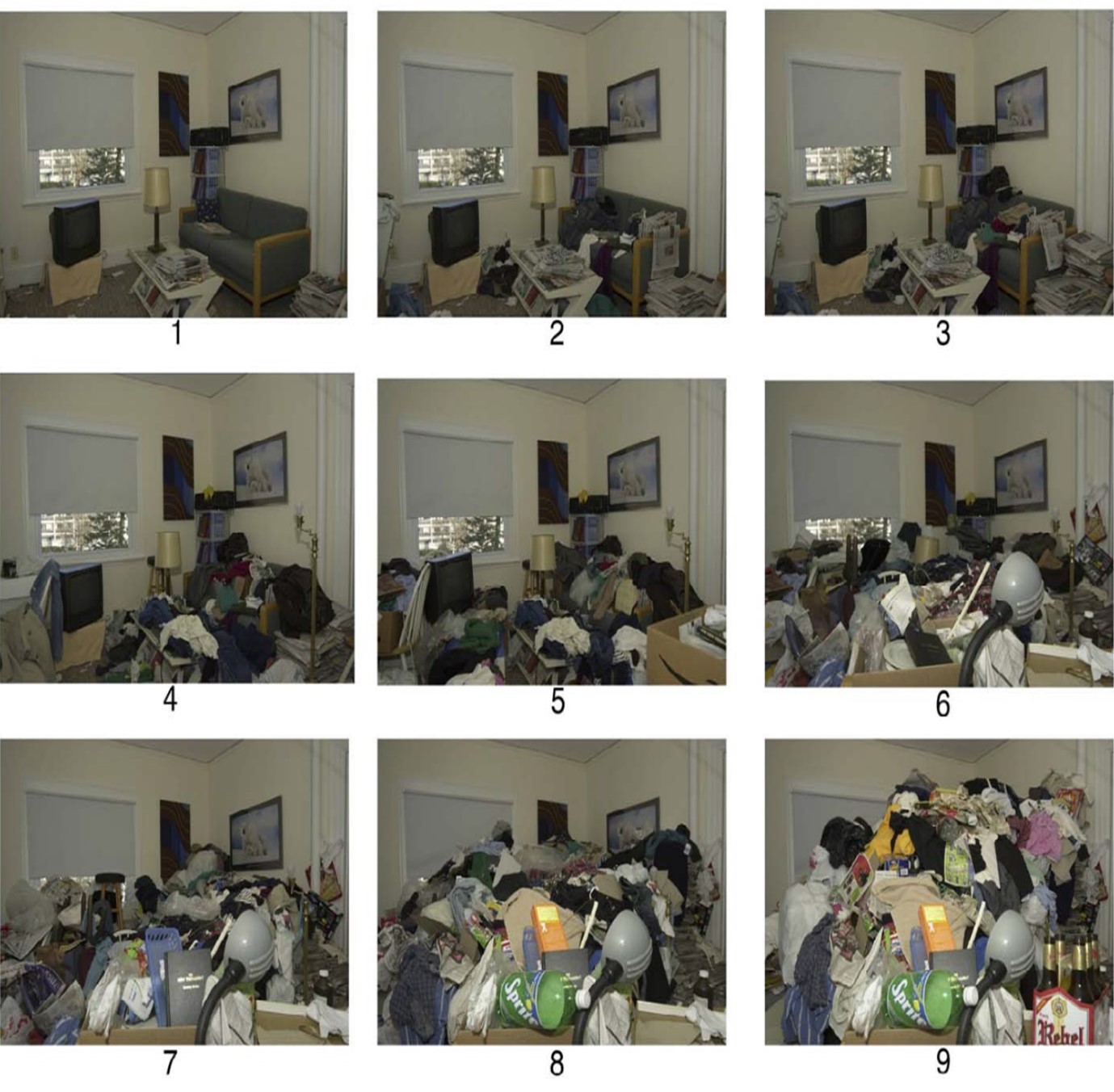Hoarding
Sometimes, but not always, there are strong links between self-neglect and hoarding. Hoarding disorder was previously considered a form of obsessive-compulsive disorder (OCD) but is now considered a standalone mental disorder and is included in the 5th edition of the Diagnostic and Statistical Manual of Mental Disorders (DSM) 2013. Hoarding can also be a symptom of other medical disorders.
Hoarding Disorder is distinct from the act of collecting and is also different from people whose property is generally cluttered or messy. It is not simply a lifestyle choice. The main difference between a hoarder and a collector is that hoarders have strong emotional attachments to their objects which are well in excess of their real value. A person with a hoarding disorder experiences distress at the thought of getting rid of the items. Excessive accumulation of items, regardless of actual value, occurs. Hoarding does not favour a particular gender, age, ethnicity, socioeconomic status, educational/occupational history or tenure type.
Compulsive hoarding is often considered a form of obsessive-compulsive disorder (OCD) because between 18% and 42% of people with OCD experience some compulsion to hoard. However, compulsive hoarding can also affect people who do not have OCD.
Further information about Hoarding can be found at:
Hoarding disorder - NHS [external link]
Self Neglect and Hoarding Toolkit - A Guide for Practitioners [PDF Document]
Living environment assessment - See below photographic clutter rating scale - score 1-9 using the clutter scale illustrations as a guide.

